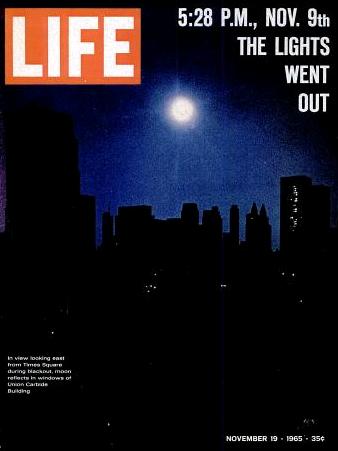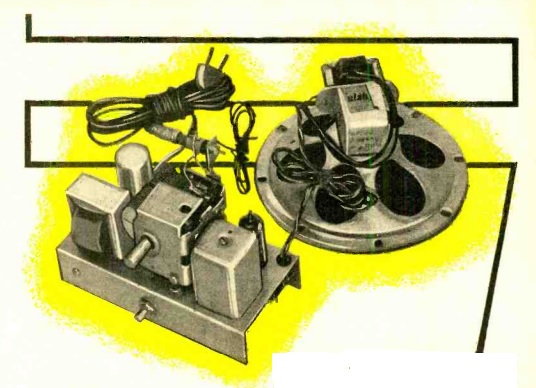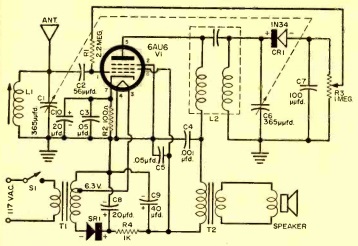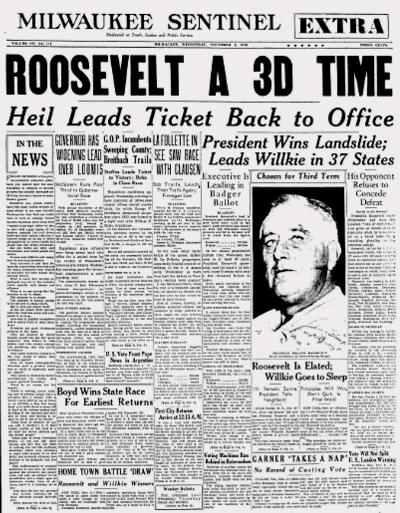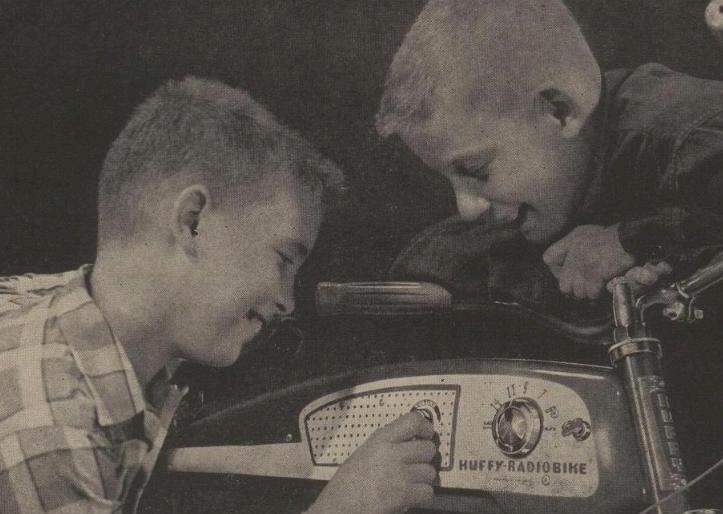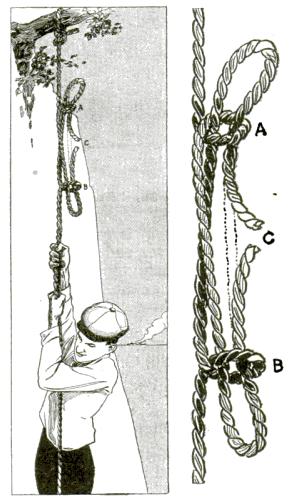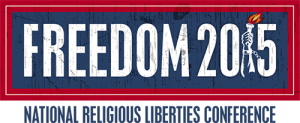 I’m in Des Moines this weekend at the Freedom 2015 religious liberties conference.
I’m in Des Moines this weekend at the Freedom 2015 religious liberties conference.
I suspect that the vast majority of attendees are more conservative than I am. (My liberal friends will probably find it hard to believe that there’s anyone more conservative than I.) But despite that, I found everyone there to be respectful, and it’s been an interesting experience. According to a report at WHO-TV, there’s another religious liberties conference taking place this weekend. And according to an organizer of the other event, the one I am at “embraces a perversion of America’s first freedom and encourages bias and prejudice, religious liberty is not and should never be discriminatory.”
I’m completely at a loss as to where this notion came from. I did not hear a single person encourage bias or prejudice, and I certainly didn’t hear anyone encourage anything discriminatory. Another speaker at the competing conference opined, “we don’t believe that religious liberty should be used as a weapon, against anyone.”
I didn’t agree with everything I heard today. But I honestly don’t understand the broad brush criticism.
I wasn’t able to arrive in time for the opening session. But the first speaker I heard, Michigan attorney and pastor Robert Whims, made the unremarkable plea that Christians have a duty to serve in Government. He encouraged those in attendance to seek out opportunities to serve the civil government in appointed an elected capacities.
Mr. Whims is of the Reformed tradition, and pointed to the Westminster Confession to show that Christians have a duty not only to pray for an honor the civil magistrate, but to serve as such:
I. God, the supreme Lord and King of all the world, has ordained civil magistrates, to be, under Him, over the people, for His own glory, and the public good: and, to this end, has armed them with the power of the sword, for the defence and encouragement of them that are good, and for the punishment of evil doers.
II. It is lawful for Christians to accept and execute the office of a magistrate, when called thereunto: in the managing whereof, as they ought especially to maintain piety, justice, and peace, according to the wholesome laws of each commonwealth; so, for that end, they may lawfully, now under the New Testament, wage war, upon just and necessary occasion.
III. Civil magistrates may not assume to themselves the administration of the Word and sacraments; or the power of the keys of the kingdom of heaven; yet he has authority, and it is his duty, to take order that unity and peace be preserved in the Church, that the truth of God be kept pure and entire, that all blasphemies and heresies be suppressed, all corruptions and abuses in worship and discipline prevented or reformed, and all the ordainances of God duly settled, administrated, and observed. For the better effecting whereof, he has power to call synods, to be present at them and to provide that whatsoever is transacted in them be according to the mind of God.
IV. It is the duty of people to pray for magistrates, to honor their persons, to pay them tribute or other dues, to obey their lawful commands, and to be subject to their authority, for conscience’ sake. Infidelity, or difference in religion, does not make void the magistrates’ just and legal authority, nor free the people from their due obedience to them: from which ecclesiastical persons are not exempted, much less has the Pope any power and jurisdiction over them in their dominions, or over any of their people; and, least of all, to deprive them of their dominions, or lives, if he shall judge them to be heretics, or upon any other pretence whatsoever.
In short, this was hardly the stuff of “perversion” that “encourages bias and prejudice.”

Rafael Cruz
The star of today’s events was Rafael Cruz, the father of presidential candidate Ted Cruz, who also appeared earlier in the day. The elder Cruz reminded us that the Bible tells us whom to vote for, a statement that would undoubtedly cause further consternation by the competing group. But sure enough, the Holy Writ says exactly what Cruz said it did. It tells us exactly who to vote for:
Select capable men from all the people–men [and women, Cruz added] who fear God, trustworthy men who hate dishonest gain–and appoint them as officials over thousands, hundreds, fifties and tens. Have them serve as judges for the people at all times, but have them bring every difficult case to you; the simple cases they can decide themselves. That will make your load lighter, because they will share it with you.
Exodus 18:21-22.
He pointed out that we’re given four qualifications for the people we should vote for:
- Capable
- Fear God
- Trustworthy
- Hate Dishonest Gain
(Mr. Cruz quoted from a different translation, which used the word “covetous” in connection with the fourth point, but one gets the idea.) He also pointed out that the second verse quoted above sounds a lot like federalism. I suppose this represents “bias and prejudice” only if one thinks that we should elect incapable people who are not trustworthy and who are in favor of dishonest gain. If that makes me biased, so be it.

Ted Cruz
According to Salon, Rafael Cruz “is even more frightening than Ted Cruz.” I guess if you’re an incapable untrustworthy covetous leader who doesn’t fear God, then you’re probably right. But that doesn’t describe most of us, and I’m leaning toward voting for his son.
For more (and probably less biased) coverage of the conference, you can listen to Jan Mickelson’s live broadcast this morning on WHO Radio. (The broadcast includes a good interview regarding Samaritan Ministries, a topic about which I’ve written previously.)
If you’re interested in my own offerings on related topics, feel free to listen to my Continuing Legal Education programs:
- First Amendment in Education:
- Religious Freedom Restoration Acts:
Feel free to listen to these programs at no charge. If you are an attorney and would like to take either of these programs for CLE credit, please visit the course description page.
Click Here For Today’s Ripley’s Believe It Or Not Cartoon

![]()


